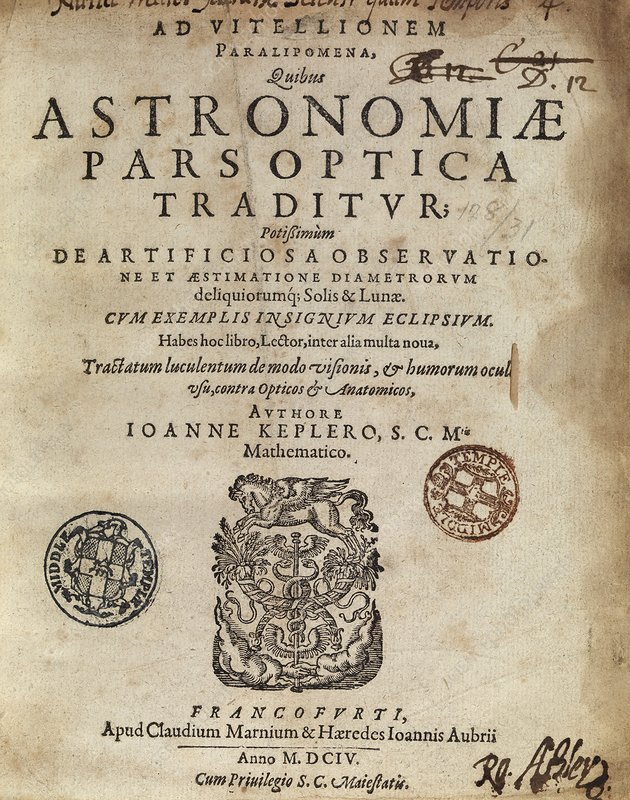
Galileo’s conflicts with the Roman Catholic Church commenced with the “Letter to Castelli” in December 1613. At a dinner in Pisa with Grand Duke Cosimo II de’ Medici, philosopher Cosimo Boscaglia opposed the heliocentric theory, referencing the Bible. Benedetto Castelli, who was present and a student of Galileo, defended the heliocentric perspective. Castelli relayed this discussion to Galileo, prompting him to compose the “Letter to Castelli,” which challenged the utilization of Scripture in scientific discussions and proposed that biblical texts could be reconciled with the heliocentric framework.
In advising the Church on the interpretation of scripture, Galileo ventured into a contentious arena, crucial to the tensions of the Reformation and Counter-Reformation. The letter gained widespread circulation, sparking Galileo’s initial clash with the Church. When pressured, Galileo inaccurately asserted that the Inquisition had tampered with his letter.
Benedetto Castelli, often eclipsed by his mentor Galileo, was distinguished in his own merit. Born in Brescia in 1578, he entered the Benedictine order in 1595 and subsequently studied under Galileo at the University of Padua. Castelli made significant contributions to scientific disciplines, engaging independently with Galileo on celestial matters and methods for recording sunspots.
In 1611, Castelli relocated to Florence to collaborate with Galileo. His significant works encompass the 1615 response defending Galileo from Aristotelian criticism and “Mensuration of Running Water” in 1628, which heralded the advent of modern hydraulics. His investigations laid the groundwork for hydraulic principles, influencing water management in the Venetian Lagoon, despite his strategies not being readily embraced by local specialists.
Beyond his original contributions, Castelli’s instruction greatly influenced mathematical sciences, guiding future notable figures such as Bonaventura Cavalieri and Evangelista Torricelli. These relationships highlight Castelli’s crucial role in the scientific advancements of the 17th century, in addition to his direct impact on hydrology and mathematics.